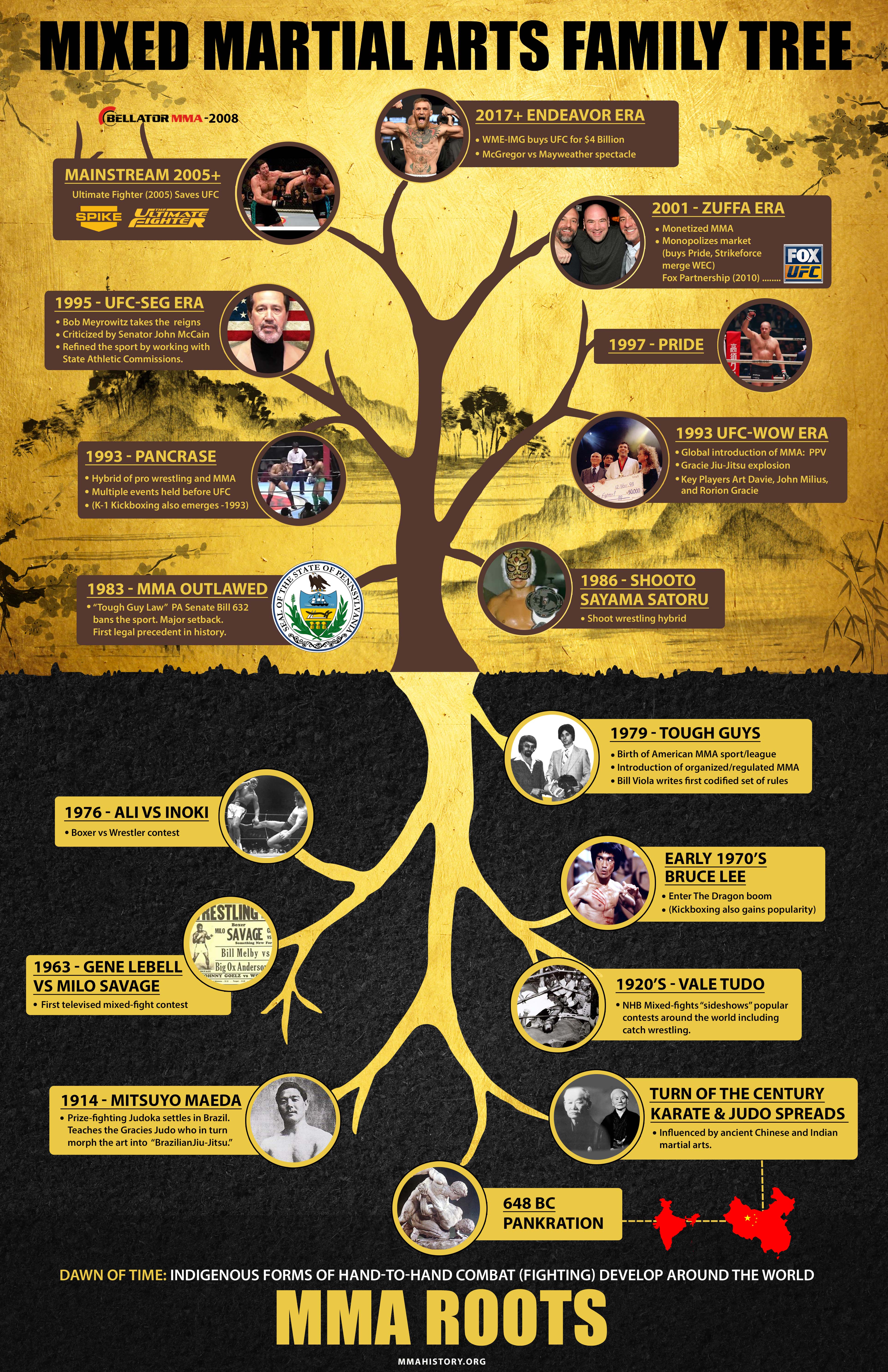The Background And Approach Of Fighting Style: A Deep Dive
The Background And Approach Of Fighting Style: A Deep Dive
Blog Article
Authored By-Moesgaard Stokes
Step into the old world where martial arts were substantiated of necessity in diverse areas. Societies crafted special combating designs intertwined with historic contexts. Techniques developed over centuries through dedicated technique and social exchanges. Today, modern-day martial arts mix conventional components for optimal effectiveness. Philosophically, martial arts emphasize technique, self-improvement, and harmony. Regard, humbleness, and equilibrium are foundational concepts leading professionals towards development and durability. Discover the depths of this abundant background and viewpoint to discover the extensive influences shaping this enduring self-control.
Beginnings of Martial Arts
Fighting style originated in numerous areas around the globe, evolving as functional fight systems to resist risks. These old combating designs were developed out of necessity, with each society crafting methods fit to their one-of-a-kind atmospheres and difficulties. From the grappling arts of Jujutsu in Japan to the striking strategies of Kung Fu in China, martial arts were deeply intertwined with the historical, social, and cultural textile of their particular cultures.
In Japan, the samurai course refined martial arts like Kenjutsu, the art of the sword, which later advanced into the extra popularized kind of Kendo. On the other hand, in Brazil, Capoeira emerged as a mix of dancing and battle, created by enslaved Africans as a means to resist fascism. Each martial art carries with it an abundant background and approach, showing the worths and beliefs of individuals that exercised them.
As you explore the origins of martial arts, you discover a tapestry of human resourcefulness, durability, and the stubborn spirit of warriors throughout time.
Advancement of Techniques
Through centuries of technique and improvement, battle techniques within different martial arts have actually undertaken an extensive evolution. From https://www.essentiallysports.com/us-sports-news-ufc-mma-news-best-athlete-in-history-fans-cant-get-enough-of-bruce-lees-stunts-in-movie-as-rare-image-of-him-resurfaces/ like Kung Fu and Karate to more modern-day self-controls such as Brazilian Jiu-Jitsu and Krav Maga, the development of techniques has been driven by a combination of social impacts, practical applications, and technical developments.
One substantial facet of this advancement is the cross-pollination of strategies between different martial arts. As an example, methods from typical Japanese Jiu-Jitsu were integrated right into the development of Judo by Jigoro Kano in the late 19th century. https://bestmartialartsforadults21975.theideasblog.com/30701941/tap-into-your-power-the-worth-of-self-defense-classes-as-a-worthwhile-financial-investment blending of styles has led to the growth of crossbreed martial arts like Mixed Martial Arts (MIXED MARTIAL ARTS), which incorporate elements of striking, grappling, and entry techniques.
Additionally, the development of strategies has been formed by the enhancing focus on performance and effectiveness in combat. Specialists have actually continually looked for to refine their techniques through extensive training, trial and error, and competition, causing the growth of extremely specialized and efficient battling styles. In general, the advancement of strategies in martial arts mirrors the dynamic nature of fight and the continuous mission for enhancement and advancement.
Philosophical Foundations
Checking out the underlying thoughtful concepts of martial arts offers understanding into their core values and directing ideas. At please click the following article of several martial arts disciplines is the idea of discipline itself. By educating your body and mind to act as one natural device, you grow self-control that expands beyond the dojo or fitness center right into daily life. This self-control encompasses respect, humbleness, and self-control, shaping not simply your physical capabilities yet likewise your personality.
Another fundamental philosophical structure in martial arts is the concept of continual self-improvement. The journey of mastering a martial art is nonstop, with specialists continuously striving to much better themselves, both literally and mentally. This focus on growth promotes durability, willpower, and a development attitude that can be related to all elements of life.
Furthermore, martial arts emphasize the value of harmony and equilibrium. Techniques are designed to make use of a challenger's power against them, highlighting the concept of yielding and rerouting pressure rather than satisfying it head-on. This approach encompasses interpersonal partnerships, advertising serene resolutions and mutual understanding. By embracing these thoughtful structures, martial artists not just enhance their fight abilities yet additionally cultivate a lifestyle centered on personal growth, regard, and harmony.
Final thought
In conclusion, the history and viewpoint of martial arts use an abundant tapestry of custom, self-control, and self-improvement.
Consider instance the tale of Bruce Lee, who changed martial arts by blending different designs and approaches to develop his very own one-of-a-kind form of Jeet Kune Do.
With relevant web site and advancement, martial musicians continue to push borders and inspire others to reach their full possibility both in fight and in life.
